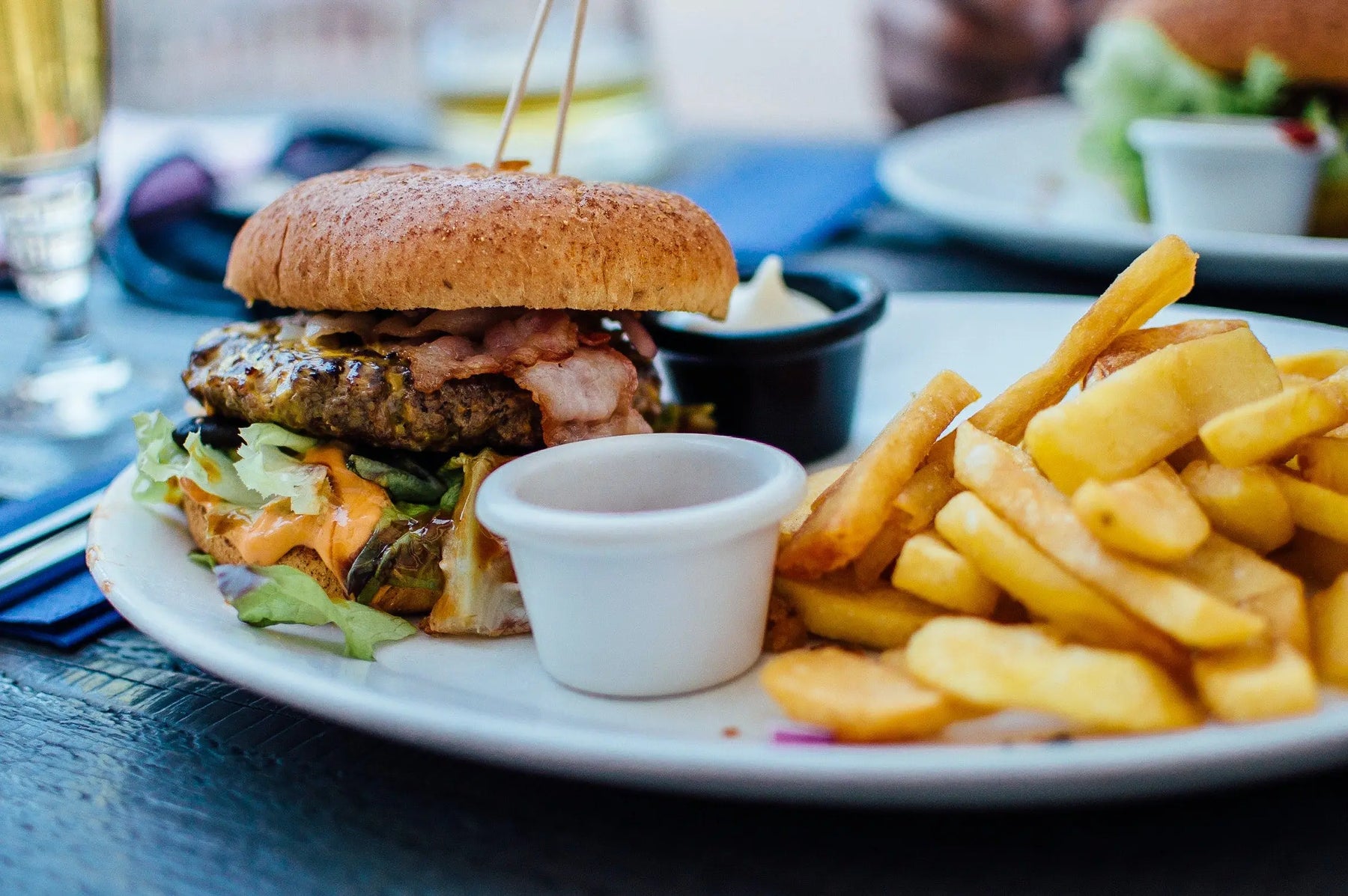
7 Ways cheap and cheerful restaurants can still survive, despite rising operating costs
There's no denying it's a difficult time for traditional family restaurants to stay profitable due to changing customer behavior post Covid and rising operating costs. The humble buffet restaurant has seen a fast decline, with customers rejecting serve-your-own options. Steak Restaurants have also taken a hit due to the huge increase in the price of meat with a 300g steak meal selling for around $38.00. There is also a growing trend towards healthier meat-free options.
So how can venues with a 'cheap and cheerful' business model still survive? We discuss seven ways restaurants in this sector can still remain profitable:
-
Affordability: Cheap and cheerful restaurants are known for their affordable prices and this is the main reason they attract a wide range of budget-conscious individuals including students and families.
In this high-cost environment for produce, wages and utilities, staying affordable requires smart cost management. These restaurants main focus should be implementing and improving strategies such as bulk purchasing, using cost-effective, in season ingredients, minimising food waste, and optimising their operations to keep expenses in check. -
Simplified menus with health-conscious options: Many cheap and cheerful restaurants have greatly reduced their menus with a smaller selection of dishes making sure that they offer more vegetarian meals that also meet the demand for vegan customers. This approach helps them streamline their operations, reduce ingredient costs, and maintain faster service. By specialising in a few popular items, they can achieve consistency and efficiency, which contributes to customer satisfaction.
-
High turnover: Cheap and cheerful restaurants often have a high turnover of customers due to their quick service and affordable prices. This allows them to serve a larger volume of customers within a limited timeframe, compensating for the lower profit margins associated with inexpensive meals. In order to deliver this, staff must be sufficiently trained to be able to cope with the busy periods smoothly and efficiently to ensure repeat business.
-
Targeting specific markets: These restaurants may strategically target specific markets or locations where there is a demand for affordable dining options. For example, they might be located near universities, office complexes, or residential areas with a lower-income demographic. By catering to the needs and preferences of their target market, they can attract a consistent customer base.
-
Word-of-mouth and reputation: Positive word-of-mouth can play a significant role in the success of cheap and cheerful restaurants. If they consistently provide good value for money, quality food, and a pleasant dining experience, satisfied customers are likely to recommend the restaurant to their friends and family, helping to attract new customers.
-
Simple ambiance and decor: Many cheap and cheerful restaurants have a modest and simple ambiance, focusing more on providing a comfortable and friendly environment rather than elaborate decor. Using easy-wipe plastic menus or clipboards instead of less durable menu folders saves costs. This helps keep overhead costs low and reflects affordability, appealing to customers seeking a casual dining experience.
-
Local community support: Some cheap and cheerful restaurants build a strong rapport with their local community. By engaging in community events, supporting local causes, and fostering relationships with nearby businesses, they can develop a loyal customer base that appreciates their affordability and community involvement.
While cheap and cheerful restaurants may not offer the same level of sophistication or luxury as higher-end establishments, their ability to provide affordable meals, manage costs effectively, target specific markets, and maintain a positive reputation contribute to their survival and ongoing popularity.
